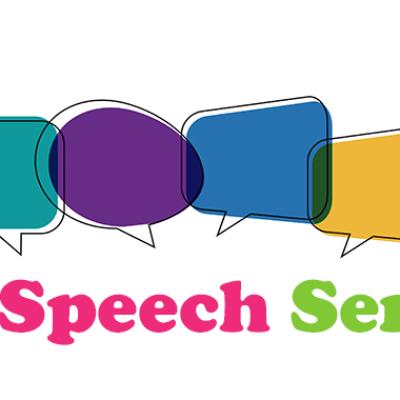Best Practices for Accent Reduction by Speech Therapists
Speech therapists, also known as speech-language pathologists, use a variety of techniques to help individuals reduce their accents and improve their pronunciation. Here are some of the best practices used by speech therapists for accent reduction:
Comprehensive Assessment:
Before starting any accent reduction program, a comprehensive assessment is crucial. This involves analyzing the individual’s speech patterns, including rhythm, stress, intonation, and pronunciation of sounds. Understanding the individual’s unique speech characteristics allows the therapist to tailor the program to their specific needs.
Individualized Training Plan:
Each person’s accent is unique, so a one-size-fits-all approach is not effective. Speech therapists create an individualized training plan that focuses on the specific areas that the individual needs to work on. This could include certain sounds that they have difficulty pronouncing, or aspects of intonation and stress.
Phonetic Training:
Phonetic training is a key component of accent reduction. This involves teaching individuals how to produce sounds that are not present in their native language. Speech therapists use visual aids, auditory examples, and tactile cues to help individuals understand and produce these sounds.
Prosody Training:
Prosody refers to the rhythm, stress, and intonation of speech. Training in prosody can help individuals sound more natural when speaking their second language. This can involve exercises in varying pitch, using correct stress patterns, and using appropriate intonation.
Regular Practice and Feedback:
Regular practice is essential for making progress in accent reduction. Speech therapists often assign exercises for individuals to practice at home. In addition, regular feedback sessions are important for tracking progress and making necessary adjustments to the training plan.
Use of Technolog:
Technology can be a valuable tool in accent reduction. There are many apps and online resources that provide auditory examples, visual aids, and interactive exercises. These can supplement the training provided by the speech therapist and provide additional opportunities for practice.
Patience and Persistence:
Finally, it’s important to remember that accent reduction takes time and persistence. It’s not about completely eliminating an accent, but rather improving clarity and ease of communication. With patience, persistence, and the guidance of a skilled speech therapist, individuals can make significant improvements in their accents.
Remember, everyone’s journey with accent reduction is unique. What works best for one person might not work as well for another. The key is to find a speech therapist who can provide a personalized approach, and to stay committed to the process. With time and practice, you can achieve your accent reduction goals.







